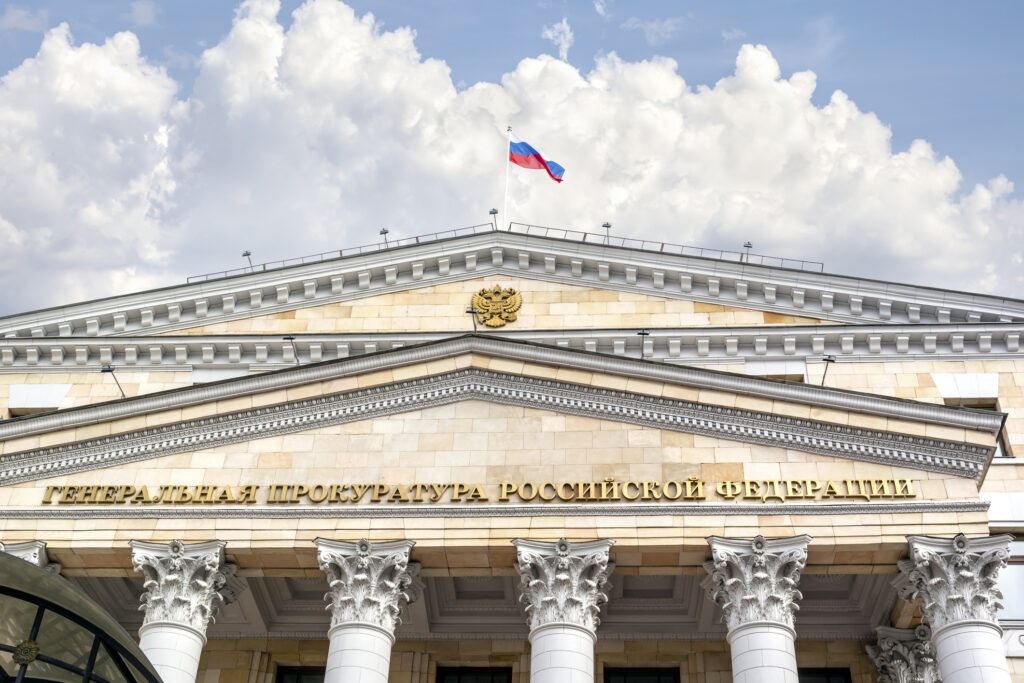On January 23, 1937, Karl Radek, alongside16 other men, stood before the court during the Second Moscow Trial. This trial was one piece of Stalin’s Great Purge to rid the country of threats, predominantly Trotsykyists and those who opposed Stalin's regime of communism. (Other demographics that Stalin worked to obliterate were the middle class citizens and working class members that were sympathetic to revolutionaries, however they didn’t face the same court proceedings.)
The Three Moscow Trials
The Soviet Union held a series of show trials between 1936-1938 at Joseph Stalin’s request. The defendants were primarily leaders of the Old Bolshevik Party and the secret police’s top officials.
The most common charge during the trial was violation of Article 58 of the RSfSR Penal Code, which was put into place in February 1927 to find and eradicate revolutionary members of society who sought to overthrow Stalin.
- The First Trial: The fist of the Moscow Trials took place in August 1936 and was dubbed the “Anti-Soviet Trotskyist Center,” in which 16 political leaders connected to Leon Trotsky were found guilty of conspiracy and shot in prison.
- The Second Trial: The second trial involved 17 lesser known revolutionaries, including Karl Radek. These men were accused of treason and sentenced to either death or work in the labor camp. Karl Radek was spared from execution because of his connection to other revolutionaries and instead given 10 years of penal labor. He would later die in a labor camp under the supervision of senior NKVD operative Pytor Kubatkin.
- The Third Trial: During the third trial, the Trial of the Anti-Soviet “Bloc of Rights and Trotskyites” 21 men were tried as a way to tie up loose ends from the previous trials. All but two of the men were found guilty and executed, with one defendant’s wife even being sent to a labor camp.
Quick Facts:
- Taking center stage in the scandal were Lev Kamenev, Karl Radek, Aleksey Ivanovich Rykov, Leon Trotsky, and Genrikh Yagoda, amongst others.
- The Russian revolutionary was active in the Polish and German democratic movements.
- Karl Radek helped write the 1936 Soviet Constitution but was accused of treason. He confessed after two and a half months of interrogation.
- Many defendants experienced intense beatings and torture in order to persuade confessions. These confessions were rehearsed and given in court. A US representative deemed these confessions legitimate, alienating Soviet citizens from any help outside of the country.

